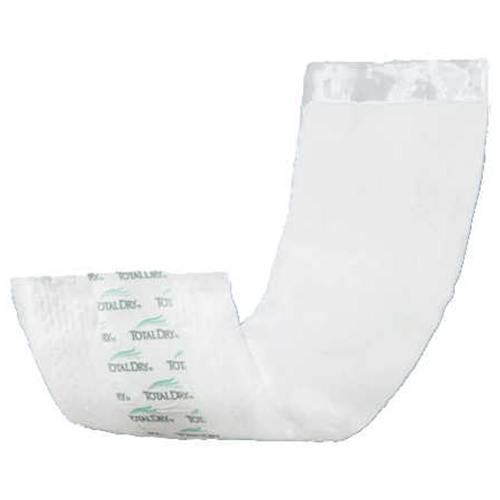Certain people might not recognize that an electronic stalker might abuse your linked gadgets to monitor, bother, isolate and otherwise harm you. Connected devices and cyber-surveillance technology can track who is in your house and what they are doing. Devices that allow you to use cyber-surveillance are normally connected to another information or the internet network, so an abuser could hack into these system (with a computer system or other innovation linked to the network) and control your gadgets or information. An abuser who utilizes your innovation to track your actions may do so secretly, or more undoubtedly as a method to control your behavior. An abuser might utilize cyber-surveillance innovation to, take photos or video of you, keep logs of your activity, that can be taken from a fitness tracker or your car’s GPS and expose when you leave the house.
You can start to document the occurrences if you presume that your electronic and digital gadget has actually been hacked and being misused. A technology abuse log is one way to document each incident. These logs can be valuable in exposing patterns, figuring out next actions, and might possibly be useful in constructing a case if you decide to involve the legal system.
 An online stalker and hacker can also be all ears on you; and gain access to your e-mail or other accounts linked to the connected devices online. An abuser might likewise misuse technology that enables you to control your house in a way that causes you distress.
An online stalker and hacker can also be all ears on you; and gain access to your e-mail or other accounts linked to the connected devices online. An abuser might likewise misuse technology that enables you to control your house in a way that causes you distress.
Furthermore, an electronic stalker could abuse innovation that controls your home to isolate you from others by threatening visitors and blocking physical access. For instance, an abuser might from another location manage the smart locks on your house, restricting your ability to leave your house or to go back to it. A video doorbell could be utilized not only to monitor who pertains to the door, but to bug them remotely or, in combination with a clever lock, avoid them from going into your house. You can also see a short video on this subject.
Finally, online surveilance could even do more hazardous things when a cars and truck is connected and able to be controlled through the Internet. Numerous more recent cars and trucks have small computers installed in them that enable someone to control numerous of the cars features from another location, such as heated seats, emergency braking, or remote steering technology. An abuser could hack into the vehicle’s system and gain access to this computer to manage the speed or brakes of your cars and truck, putting you in severe risk.
Without the access to your passwords, acquiring control over your linked devices may require a more innovative level of understanding about technology than many people have. When gadgets are connected through a data network or the Internet, for example, an abuser might be able to log into (or hack into) that system to get details about how those devices were utilized, such as when you go and come from your home or where you drive your cars and truck.
Much of the laws that apply to computer monitoring could apply to acts of cyber-surveillance too, depending on how the abuser is using the connected devices to abuse you and the precise language of the laws in your state. For example, if the abuser is accessing devices on your network to listen in on your conversations, maybe eavesdropping laws might use. In addition, an abuser who is enjoying you or tape-recording you through your gadgets, may be breaking invasion of privacy or voyeurism laws in your state. Other laws might likewise apply to a scenario where an abuser is unapproved to access your connected devices, such as certain computer system crimes laws. Additionally, if the abuser is accessing your gadgets to take part in a course of conduct that triggers you distress or fear, then harassment or stalking laws might protect you from the abuser’s behavior. Whenever you get a chance, you may would like to look at this kind of topic more in depth, by visiting this their site Allfrequencyjammer.Com …!
In order to try to use linked devices and cyber-surveillance safely, it can be valuable to know exactly how your gadgets connect to one another, what info is available from another location, and what security and personal privacy functions exist for your innovation. If a gadget starts operating in a way that you know you are not controlling, you may desire to disconnect that gadget and/or remove it from the network to stop the activity. You may have the ability to learn more about how to get rid of the gadget or disconnect by reading the device’s manual or speaking with a customer care agent.
Comments are closed